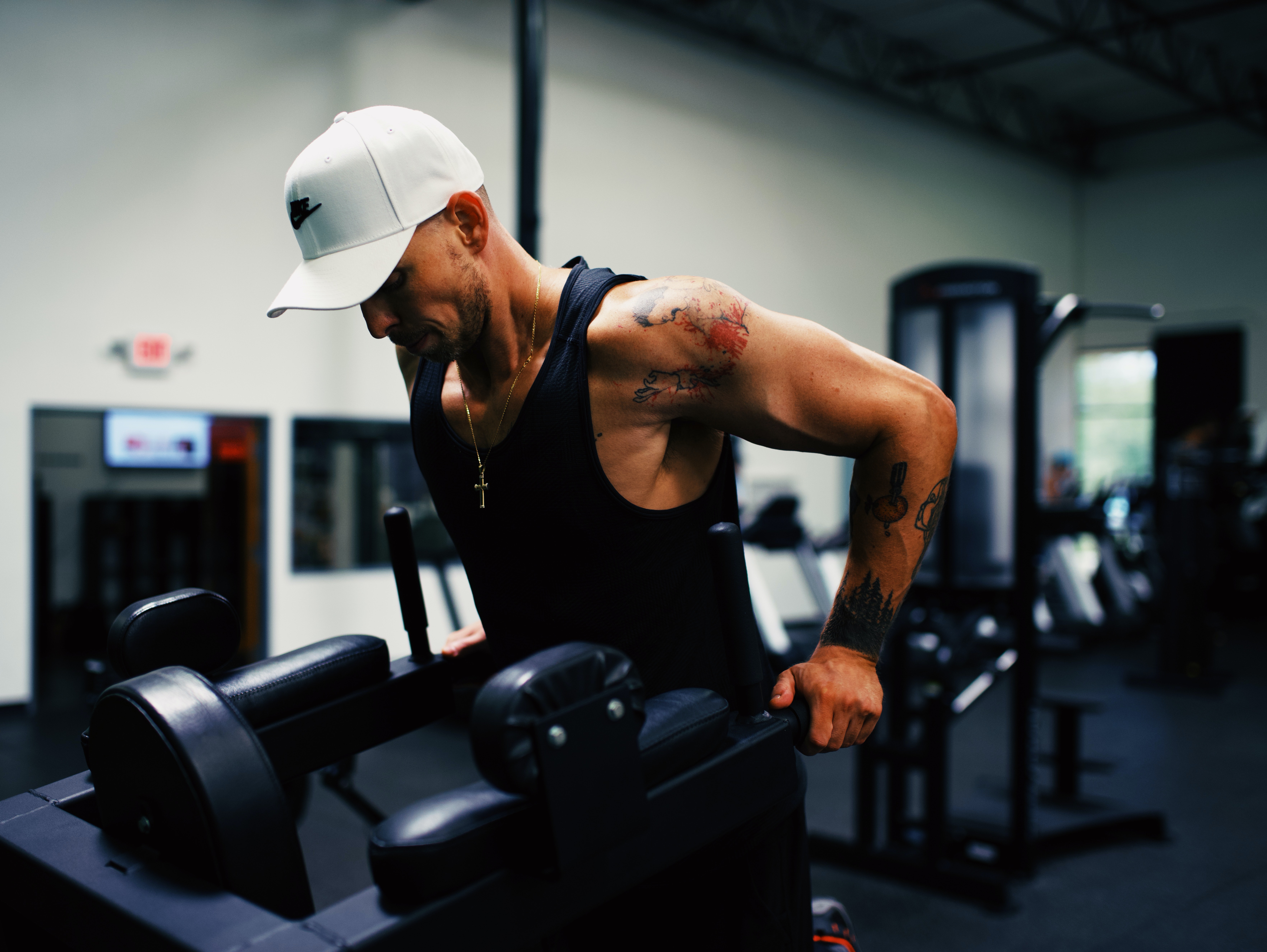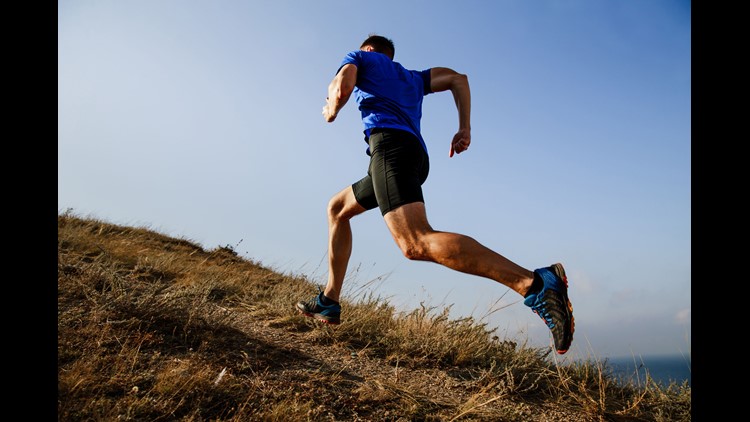Strength and conditioning has always been a difficult piece of the triathlon puzzle. The old myth that endurance athletes don’t need to strength train is still alive and well. With a more modern approach and better knowledge many triathletes now understand the importance of strength and conditioning (S&C). While the benefits don’t always directly lead to faster times some beenfits are subtle but massively important. The right approach is sometimes hard to work out for those inexperienced. S&C can be implemented in many different ways and how it works for a field sport is not always as effective for an endurance one. The coach’s experience can play an important part in the success of an athletes S&C programme. Hard work and consistency are essential but cannot always guarantee the right goals are met.
The early offseason or winter months are often the best time to implement S&C as it will have the least detriment at this time of the season. It is also the best time to give it some focus without distracting from other tasks which may become more important as races draw close. Here are some key thought points which must be considered when using S&C correctly to progress your ability.
Have clear goals.
This may seem simple but S&C must be quite specific to be effective. Training abilities need to be quite targeted. A general approach may yield general improvements. A specific approach may be needed when there are specific needs or requirements. In the case of the endurance athlete there are some specific things they need to include in their S&C. If they fail to define their goals and needs, an S&C programme runs the risk of training unfavorable traits and abilities. Anecdotally those who have experienced detrimental impact of S&C quite often trained inappropriately to their needs.
Understand the purpose.
S&C is a supplement to training. This means it should fill in the holes the rest of your training cannot fill. In the case of endurance sports, motions tend to be repeated and consistent. Repeatedly training a few limited actions will allow these to develop while others do not. Imbalances occur which often lead to injury. S&C should have an element which prevents imbalances as this is often where it acts best for injury prevention. Copying or replicating movements in the gym quite often intensifies these imbalances rather than corrects them.

Don’t double up
Many endurance athletes will be guilty of replicating their sport in the gym and suffer the consequences. Replicating the sporting movements can be used for increasing strength but must be done appropriately. Many have had little exposure to S&C as their time is constrained. With that in mind it is no surprise their conditioning is better than their strength. Quite often their S&C training becomes more conditioning using high reps and low rest, circuit style training. Not only is this adding to fatigue and stress but it also fails to make them much stronger. The risk of completing strength work in a fatigued state also increases injury especially where an individual may already lack experience. With adequate conditioning in main sessions there is no need to add a conditioning component to strength sessions. Concentrate on activating more muscle by developing force. This is limited when there is a lack of rest or if the focus is on work volume rather than force generation. Developing force and injury prevention should be the main S&C focus for any endurance athlete unless other needs are established.
Avoid soreness
Improving on strength requires consistency. If an athlete is left too sore from S&C sessions they will start to avoid them as they are impacting their other sessions. S&C need not always leave an athlete sore and fatigued. They can be completed in moderation allowing for both progress and sustainability when combined with the rest of their training. There is often some initial soreness which is hard to avoid but this should settle after one or two sessions. If not, then it is too much for the athlete to recover from and it will not be sustainable. Once again it must be a supplement to their training and not distract.
Little and often approach
S&C work need not always be in the form of standalone sessions. Strength work can be incorporated in many ways. Activation work is strength work. At its core, strength training aims to improve force production through activation of muscle fibres. Completing regular activation exercise can be used as low stress strength work, which helps improve activation patterns and stability. This quite often unlocks a better more controlled ability to produce force.
Sports specificity.
Transferring strength into the sport can be tricky but often very beneficial. The use of hill reps for both cycling or running is very popular. It is very beneficial to incorporate as it builds strength in a specific manner. The issue might be when it is over utilized. It can be a nice option to incorporate some strength work into a session. Hill reps have some technical advantages too but the strength stimulus is limited. Gym work is still more beneficial at the right times. It is very hard to build maximal strength through the sport alone and may lead to more imbalance risk. In saying that, once a good level of strength and symmetry is obtained, hill work and more sports specific movements have their place.

Many endurance athletes shy away from S&C as they are aware of its negative consequences. One thing to remember is that very different goals can be reached through differing S&C training methods. A good coach can steer certain methods of training to suit you rather than hinder. In the case of many triathletes general strength training yields modest benefit as it does not target their needs. There is a difference between a general PT class and specific S&C training. I would encourage all triathletes to seek out a coach at this time of the year to address some of the areas they have been neglecting.
If you liked this article please like and share. Don’t forget to sign up to our newsletter to access exclusive content.
[yikes-mailchimp form=”1″]
